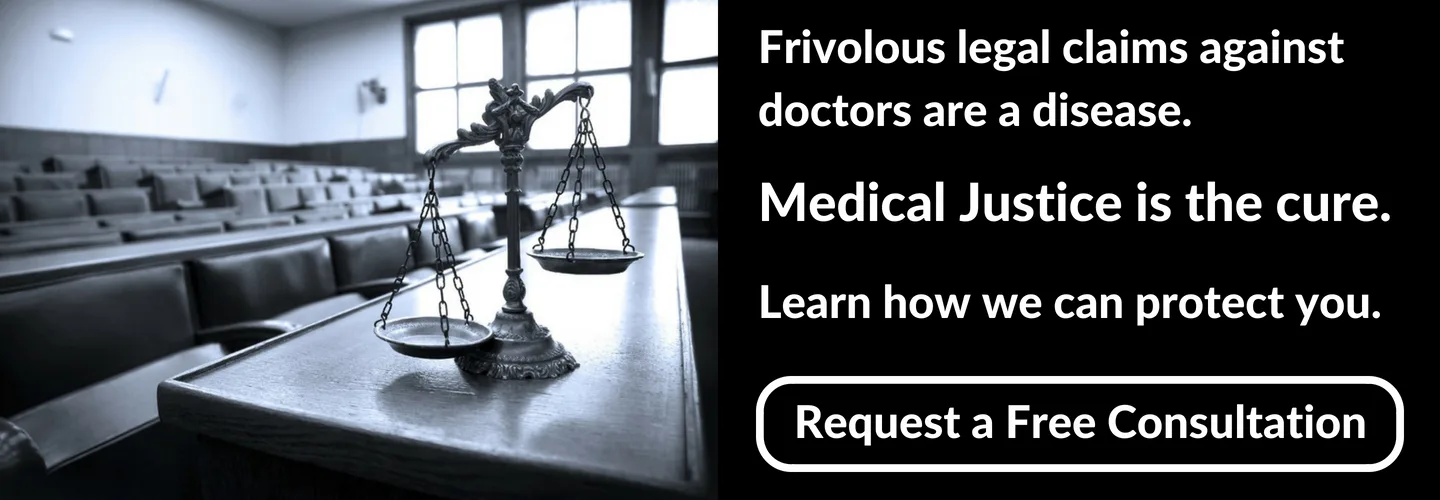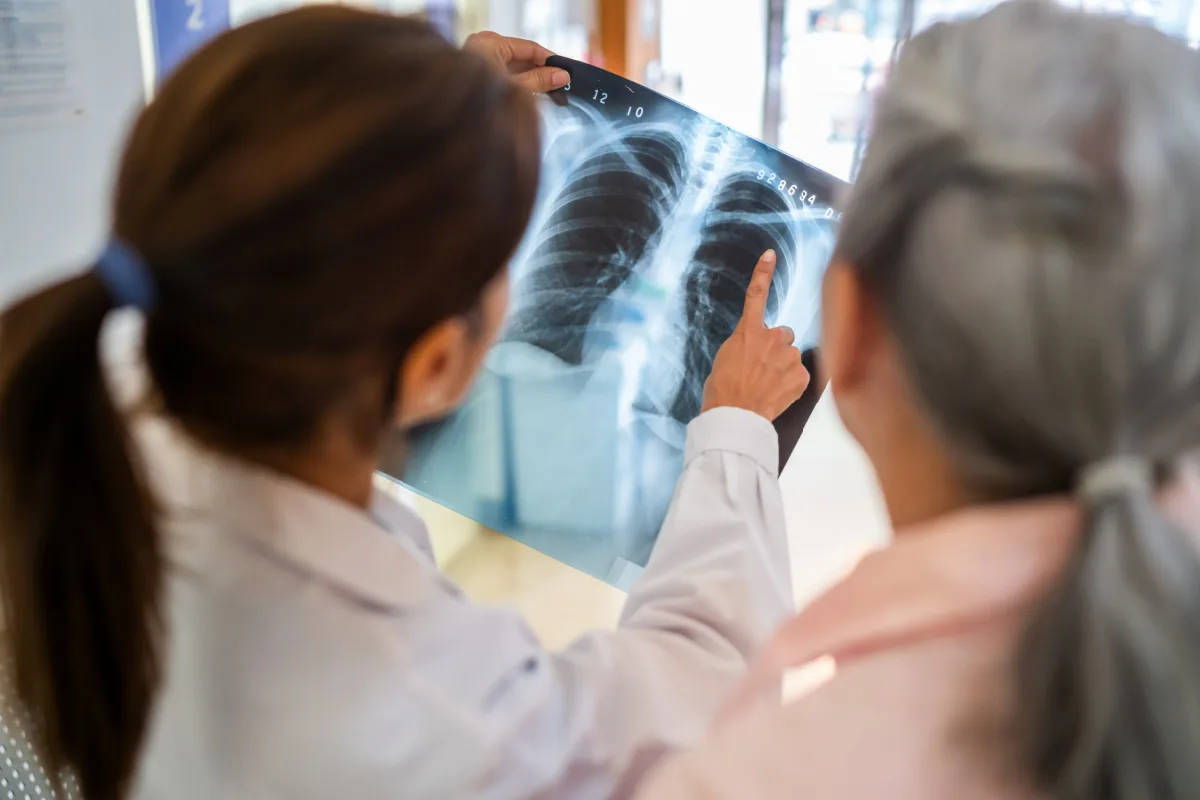Many years ago, the presence of family members during cardiopulmonary resuscitation was verboten. The reigning principles were two-fold. Family members would get in the way of allowing the team to save the loved one. And they would be emotionally scarred forever.
The medical literature has dispelled the myth that the family can’t handle the visual imagery of the team trying to resuscitate their loved one. A randomized controlled trial concluded that those who witnessed CPR on a relative had lower rates of symptoms of post-traumatic stress disorder (PTSD) than those who did not. Relatives left in the waiting room experienced more depression and anxiety.
[2] later. Witnessing resuscitation can inform the family about the severity of their loved one’s condition and can provide reassurance that all measures were taken to save the patient’s life[3],[4]. In the event that the resuscitation is not successful, being present can facilitate the grieving process for the family by allowing the opportunity for a last goodbye, aiding in closure and bringing a sense of reality to the loss so as to avoid a prolonged period of denial [5],[6], [7].
But, is witnessing CPR the same as watching a loved one fileted open in the trauma bay. Are the benefits to the family member equivalent? Is the risk to the patient unchanged?
A survey of members of American Association for Surgery of Trauma (AAST) suggests witnessing CPR and trauma resuscitation is not an apples to apples comparison. Almost 98% of survey respondents stated that the presence of family members during all phases of trauma resuscitation is inappropriate. Of those who reported experience with family members witnessing a trauma resuscitation, nearly ¾ stated they were negative.
The key argument is that a trauma resuscitation is organized chaos. While studies on family presence during CPR have concluded the family does not directly disrupt resuscitation efforts, the increased crowding and commotion might unnecessarily distract the team.
Helmer et al. compared the resuscitation of a critically injured trauma patient to the operation of an aircraft in that both require fast assimilation of data and quick decision making. They discuss the Federal Aviation Administration’s “sterile cockpit rules” that prohibit unauthorized persons on the flight deck as well as crew member participation in nonessential activities during critical moments of aircraft operation and suggest that keeping potential distractions to a minimum in the trauma setting would be advisable as well.[1]
And somewhat surprisingly, patients themselves have suggested they may not want any family present. Or at least control which family members were present.
In one survey of patients’ and family members’ opinions on [Family Presence During Resuscitation], 22 percent of respondents wanted no family presence and 43 percent only wanted certain, predefined family to be present. [1]
Finally, in one study, PTSD symptoms were higher among witnesses (compared to non-witnesses) of out-of-hospital resuscitations where the atmosphere is less controlled than a well-run code on a sterile hospital floor.[1]
So, should family members be allowed to witness a trauma bay resuscitation?
It probably comes down to the unsatisfactory conclusion of “it depends.”
The two chief benefits would be allaying any doubt that everything reasonable had been done to save their loved one. And, it would allow a distraught relative one last chance to lay eyes (and be with) their family, assuming the outcome is death. In many situations, there should be a controlled way to keep the family from interfering with proper delivery of care.[2]
Still, I can imagine any number of scenarios where the better answer would be to Just Say No.
What do you think? Let us know below.
[1] Compton S, Grace H, Madgy A, Swor RA. Post-traumatic stress disorder symptomology associated with witnessing unsuccessful out-of-hospital cardiopulmonary resuscitation. Acad Emerg Med. 2009;16(3):226-229
[2] Traylor M. Should family be permitted in the trauma bay? AMA Jl of Ethics. 2018; 30(5): 455-463.
[1] Benjamin M, Holger J, Carr M. Personal preferences regarding family member presence during resuscitation. Acad Emerg Med. 2004;11(7):750-753.
[1] Helmer SD, Smith RS, Dort JM, Shapiro WM, Katan BS. Family presence during trauma resuscitation: a survey of AAST and ENA members. J Trauma. 2000;48(6):1015-1022.
[1] Jabre P, Belpomme V, Azoulay E, et al. Family presence during cardiopulmonary resuscitation. N Engl J Med. 2013;368(11):1008-1018.
[2] Jabre P, Tazarourte K, Azoulay E, et al. Offering the opportunity for family to be present during cardiopulmonary resuscitation: 1-year assessment. Intensive Care Med. 2014;40(7):981-987.
[3] Doyle CJ, Post H, Burney RE, Maino J, Keefe M, Rhee KJ. Family participation during resuscitation: an option. Ann Emerg Med. 1987;16(6):673-675.
[4] Mian P, Warchal S, Whitney S, Fitzmaurice J, Tancredi D. Impact of a multifaceted intervention on nurses’ and physicians’ attitudes and behaviors toward family presence during resuscitation. Crit Care Nurse. 2007;27(1):52-61.
[5] Hanson C, Strawser D. Family presence during cardiopulmonary resuscitation: Foote Hospital emergency department’s nine-year perspective. J Emerg Nurs. 1992;18(2):104-106
[6] Robinson SM, Mackenzie-Ross S, Campbell Hewson GL, Egleston CV, Prevost AT. Psychological effect of witnessed resuscitation on bereaved relatives. Lancet. 1998; 352(9128):614-617.
[7] Kübler-Ross E. On Death and Dying: What the Dying Have to Teach Doctors, Nurses, Clergy and Their Own Families. New York, NY: Simon and Schuster; 1969.352(9128):614-617.






I can’t think of a more inappropriate place for family members either in a trauma bay or at the scene of a resuscitation. Any articles that suggest that this is okay or preferred simply fly in the face of common sense. Very few family members have steeled themselves for the kinds of medical performances that occur in these scenarios. Just because one has seen something like this on TV doesn’t mean that they are prepared for it in real life.
I know that in one hospital over a multi year period at least one or two fathers to be in the labor room fainted at the sights and sound pre delivery. In these cases the fathers fell to the floor and hit their heads, if their fall was not anticipated and if they were not wrestled into a nearby chair, flailing semi consciously. Those are elective circumstances in what is supposed to be a happy time.
Do we honestly expect that non medical family members are going to respond better under these circumstances than expectant fathers? Of course not.
These issues seem to reflect a lack of common sense and decency. Even physicians do not respond well when it is a family member that is involved in a medical crisis. Expecting the lay public to just idly stand by while a patient is undergoing CPR, ACLS or ATLS and do well is nonsense. Saying that someone is going to be less emotionally scarred from witnessing a resuscitation than from not witnessing it, just flies in the face of reality.
Also do we expect family members to understand the language of the code environment and not misinterpret it? Would we not expect a whole host of additional malpractice cases because a family member misinterprets all of what is going on.
Would resuscitation be dragged on longer than it should because of a family spectator (not good for the staff or the facility let alone the patient)? OR would resuscitation be shortened so that the staff would not have to be under scrutiny for a longer period of time?
Despite supposedly learned articles, common sense seems to have escaped the scene in this topic.
Having the family present can be very effective. Here is a “Piece of My Mind” essay I wrote several years ago after such an experience. You might need to work through JAMA’s paywall to read the full text. https://jamanetwork.com/journals/jama/article-abstract/183713
In spite of what I just read of Dr. Campbell’s article, I remain inclined to agree with “Retired.” A number of years ago, I assisted my employer with extracting a tooth from an elderly Chinese gentleman. His daughter, in her mid-twenties, stood behind us. He let out a rather quiet groan and she went down like a ton of bricks, hitting her head along the way. We now had two patients to deal with. A second example: My husband sliced his fingers while installing baseboard. I began to feel faint as I helped him get cleaned and bandaged. And I play in blood daily – I like “blood, guts and gore.” The difference is that this is a relative, a family member.
As for those articles suggesting that being in a room with a traumatic resuscitation – perhaps they misinterpreted their data, or they asked questions that would support their hypothesis.
The last thing a trauma team would need is an overly emotional or fainting family member within earshot or peripheral vision.